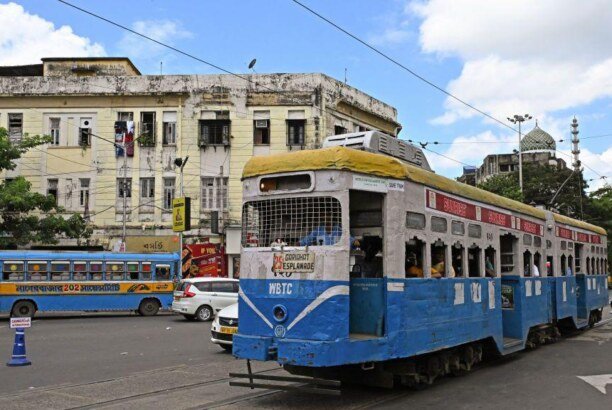As the West Bengal Government deliberates the future of trams in the Calcutta High Court, it brings to mind how these iconic carriages once transcended their role as mere transportation, becoming symbols of political resistance in colonial Calcutta.
“The year was 1947, and my grandfather had just migrated from Comilla, now in Bangladesh. When he arrived at Sealdah Station in Calcutta, the sight that greeted him was both amusing and puzzling: trams, those whimsical metal carriages, gliding effortlessly along the city streets. He couldn’t help but wonder what kind of place ran its trains in the middle of the road,” recalls Sagnik Gupta, cinematographer and Joint Secretary of the Calcutta Tram Users Association (CTUA). This citizens’ forum, founded in December 2016, is dedicated to advocating for the preservation of trams.
“Little did he know,” Gupta continued, “that this was no ordinary railway. It was an electric tram. With no buses to rely on, these trams would soon become his daily companions as he built a new life in a newly independent nation.”
Though trams have gradually disappeared from the city’s streets, the West Bengal government’s recent decision to further reduce Calcutta’s treasured tram network has sparked anger and sadness among residents. The issue is now under consideration in the High Court.


Leave a comment